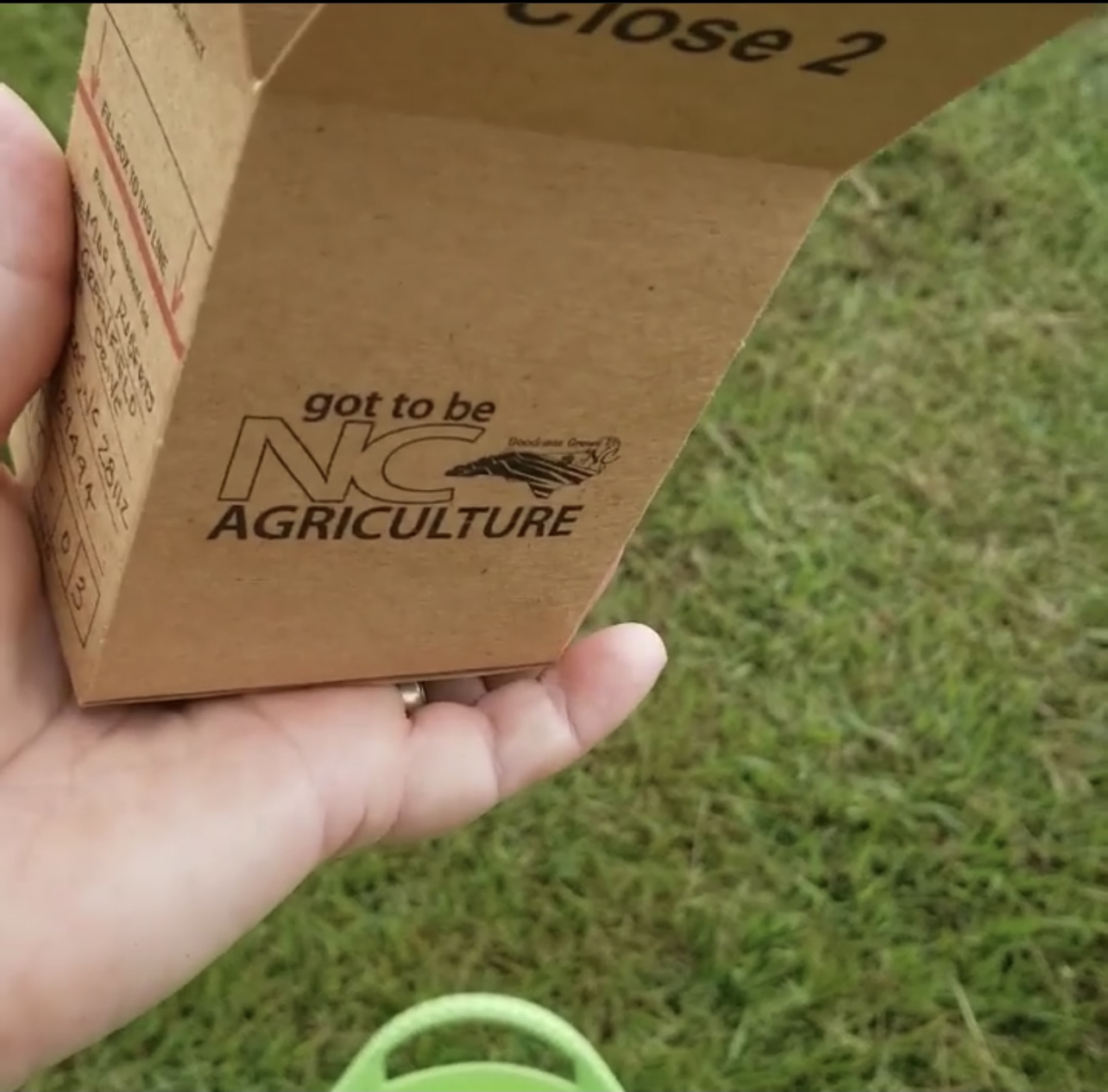Test Your Soil for a Thick, Healthy Lawn
go.ncsu.edu/readext?823417
en Español / em Português
El inglés es el idioma de control de esta página. En la medida en que haya algún conflicto entre la traducción al inglés y la traducción, el inglés prevalece.
Al hacer clic en el enlace de traducción se activa un servicio de traducción gratuito para convertir la página al español. Al igual que con cualquier traducción por Internet, la conversión no es sensible al contexto y puede que no traduzca el texto en su significado original. NC State Extension no garantiza la exactitud del texto traducido. Por favor, tenga en cuenta que algunas aplicaciones y/o servicios pueden no funcionar como se espera cuando se traducen.
Português
Inglês é o idioma de controle desta página. Na medida que haja algum conflito entre o texto original em Inglês e a tradução, o Inglês prevalece.
Ao clicar no link de tradução, um serviço gratuito de tradução será ativado para converter a página para o Português. Como em qualquer tradução pela internet, a conversão não é sensivel ao contexto e pode não ocorrer a tradução para o significado orginal. O serviço de Extensão da Carolina do Norte (NC State Extension) não garante a exatidão do texto traduzido. Por favor, observe que algumas funções ou serviços podem não funcionar como esperado após a tradução.
English
English is the controlling language of this page. To the extent there is any conflict between the English text and the translation, English controls.
Clicking on the translation link activates a free translation service to convert the page to Spanish. As with any Internet translation, the conversion is not context-sensitive and may not translate the text to its original meaning. NC State Extension does not guarantee the accuracy of the translated text. Please note that some applications and/or services may not function as expected when translated.
Collapse ▲You can have a beautiful lawn without spending an extreme amount of money and protect our water quality at the same time.
 Step 1: Test your soil. You need to know what your starting point is and to have a baseline reading before you go out and apply lime or fertilizer. If you don’t, you may not apply enough to be sufficient and will have wasted your time and money, or you may apply too much, wasting your money and excesses can be carried into the storm water management system and into our streams and rivers. Soil testing kits from N.C. Cooperative Extension are available for pick up at the Union County Agriculture Center and at all Union County Public Libraries. The cost for analysis is FREE from April 1 – Thanksgiving and $4.00 between Thanksgiving – March 30. Directions for collecting a proper soil sample are included in the packet. You must fill in a code for the crop you are growing, so for lawns you have two choices Centipede or Not Centipede. The turn-around time for receiving your soil analysis is about two weeks. Your analysis report will include lime and fertilizer recommendations as needed for your site. If you don’t understand your report or have questions about it, you can call me at 704-283-3729 for help.
Step 1: Test your soil. You need to know what your starting point is and to have a baseline reading before you go out and apply lime or fertilizer. If you don’t, you may not apply enough to be sufficient and will have wasted your time and money, or you may apply too much, wasting your money and excesses can be carried into the storm water management system and into our streams and rivers. Soil testing kits from N.C. Cooperative Extension are available for pick up at the Union County Agriculture Center and at all Union County Public Libraries. The cost for analysis is FREE from April 1 – Thanksgiving and $4.00 between Thanksgiving – March 30. Directions for collecting a proper soil sample are included in the packet. You must fill in a code for the crop you are growing, so for lawns you have two choices Centipede or Not Centipede. The turn-around time for receiving your soil analysis is about two weeks. Your analysis report will include lime and fertilizer recommendations as needed for your site. If you don’t understand your report or have questions about it, you can call me at 704-283-3729 for help.
Step 2: Fertilization at the proper time. If you are growing a cool season lawn, the ideal time for fertilizing is in the fall. Fall fertilization encourages root growth, developing a strong root system that is deeper and more resistant to injury from diseases, insects, winter cold, and summer drought. If you are growing a warm season lawn, then spring is the proper time to fertilize.
If you sample your soil and apply the proper amounts of fertilizer and lime at the appropriate time you will be on your way to a healthy, beautiful lawn. Healthy turf makes it hard for weeds to compete and become established and is more resistant to damage from disease and insects.




